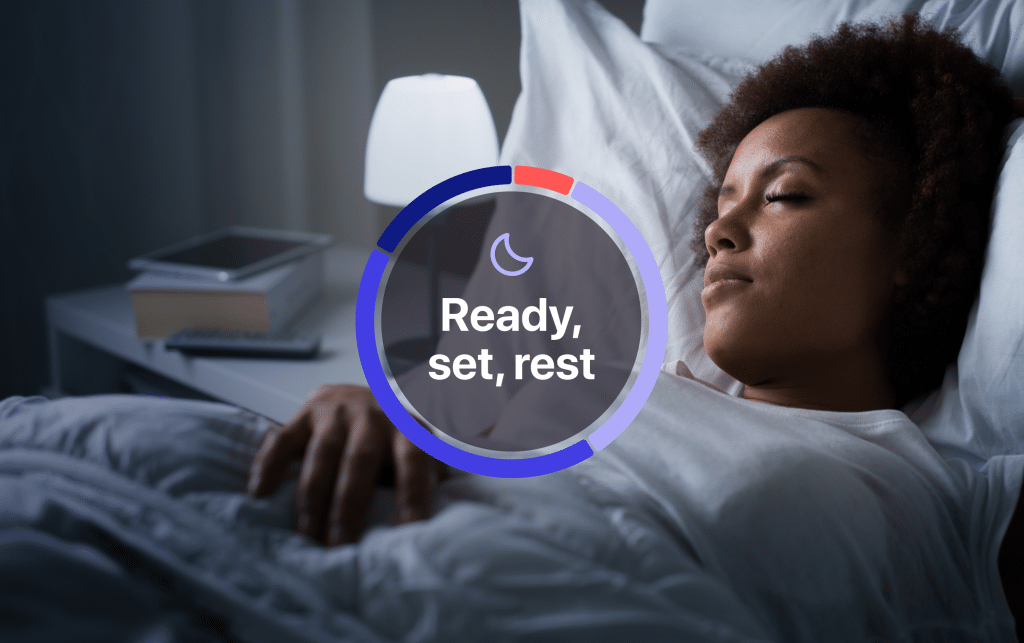Beginner’s Guide to Running For Weight Loss | Weight Loss
Engaging in regular physical activity is crucial for individuals looking to lose weight or maintain a healthy weight.
There are various ways to burn body fat, create a calorie deficit, and improve fitness. The question many people ask is: Which cardiovascular exercise is most effective for weight loss?
While swimming, cycling, and running are all excellent options, running stands out as a great way to burn calories and promote weight loss. Research suggests that running burns more calories per mile compared to other forms of exercise like biking.
If you're considering running for weight loss, here are seven simple tips to get you started on your journey to better health.
Can Running Help You Lose Weight and Belly Fat?
Yes, running can help you lose weight, including belly fat. However, it's important to note that spot reduction is not possible through exercise alone. Running can contribute to overall fat loss, making it a great choice for weight management.
While running is effective for weight loss, it's not the only way to achieve your goals. High-intensity interval training, for example, can also be beneficial in burning calories quickly.
For those who prefer a less intense workout, running is a fantastic option.

What Does Science Say?
Studies have shown a positive correlation between running and weight loss. Regular running workouts can lead to a decrease in body fat and improved physical fitness.
So, if you're a beginner looking to lose weight through running, keep reading for tips on how to get started and achieve your goals.
6 Tips for Running to Lose Weight
Here are six tips to help you maximize your running routine for weight loss:
1. Consider Different Types of Running
- Jogging: Ideal for beginners, jogging is gentle on the joints and cardiovascular system.
- Running: More intense than jogging, running can help burn more calories and promote weight loss.
- Interval Sprinting: Combining sprints with jogging or running can accelerate calorie burn.
- Long-Distance Running: Running longer distances can lead to greater calorie expenditure.
- Outside vs. Treadmill: Choose between outdoor and treadmill running based on your preferences.
2. Maintain a Healthy Diet
- Choose a balanced pre-workout meal to fuel your runs effectively.
- Consume nutrient-rich foods post-workout to aid recovery and muscle growth.
- Time your meals strategically to optimize energy replenishment and muscle repair.
3. Start Slow and Progress Gradually
Begin with walking if you're new to running. Slowly transition from walking to running as your fitness improves.
As you build endurance, you may experience "runner's high," a euphoric feeling during long runs.
Fun Fact: MyFitnessPal tracks over 5,000 workouts per minute.
4. Stay Hydrated
Hydration is essential for performance, energy, and overall health. Monitor your hydration levels, especially as a beginner runner.
5. Establish a Running Plan
Consistency is key to achieving weight loss through running. Develop a running schedule and stick to it to see long-term results.
Use tools like MyFitnessPal to track your progress and stay motivated.
6. Pair Exercise with a Balanced Diet
A nutritious diet is essential to support your running routine and promote weight loss. Avoid extreme dieting and focus on sustainable, healthy eating habits.
7. Prioritize Sleep
Adequate sleep is crucial for weight loss, metabolism regulation, and overall well-being. Monitor your sleep patterns and make adjustments to optimize rest and recovery.

Achieve Your Weight Loss Goals with MyFitnessPal
While running can be a valuable tool for weight loss, long-term success requires a holistic approach that includes diet, exercise, and lifestyle changes.
MyFitnessPal offers resources and support to help you stay on track with your weight loss journey. Sign up for a free account and join a community of individuals working towards their fitness goals.
Originally published 4/6/2022; updated 5/9/2024
